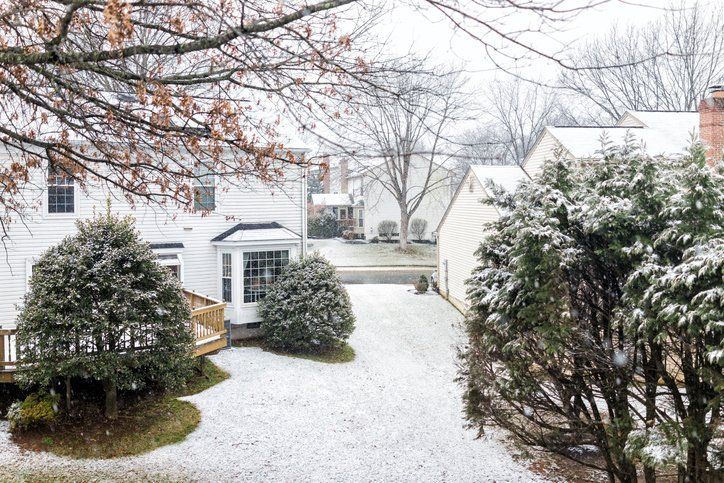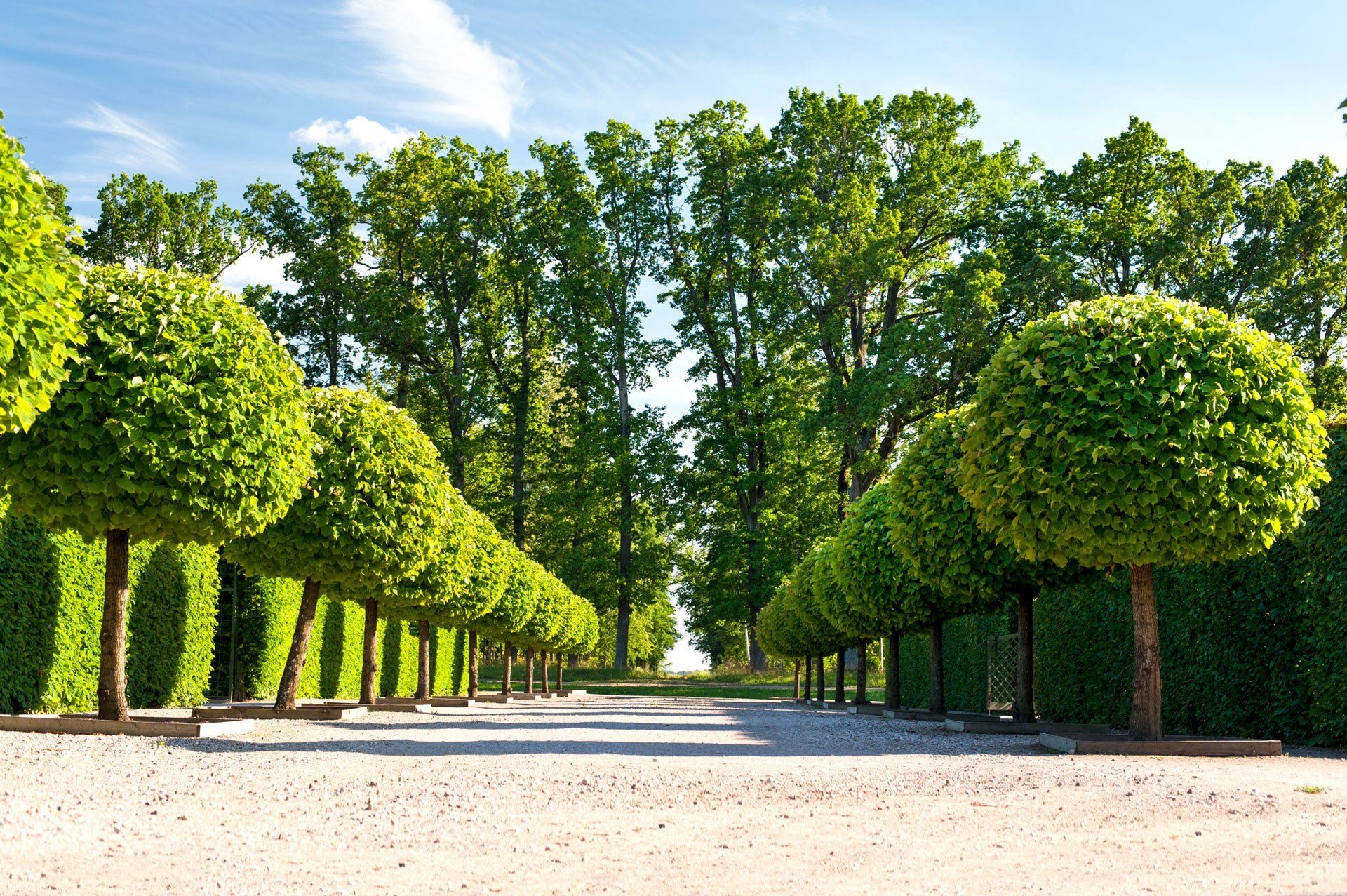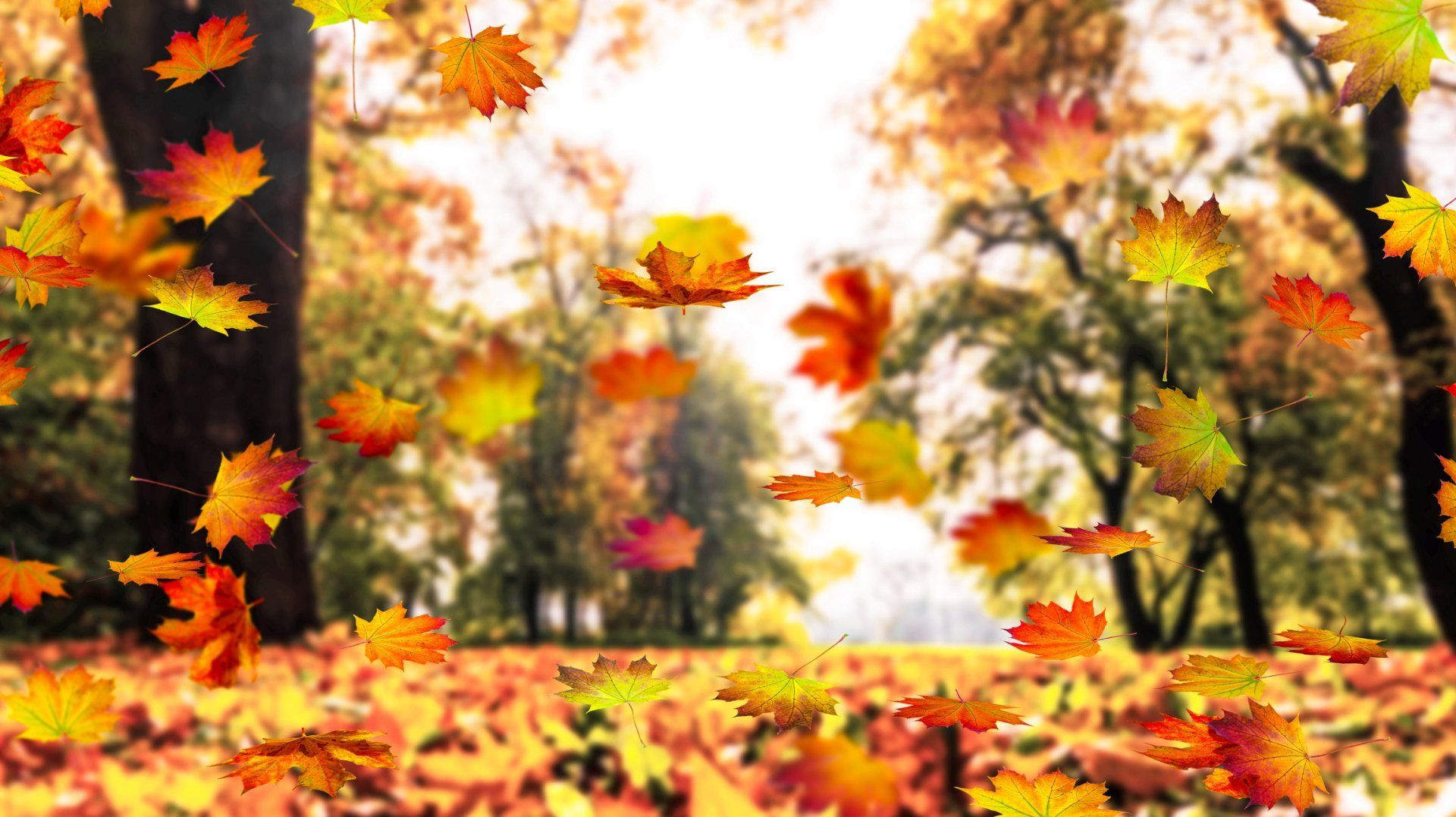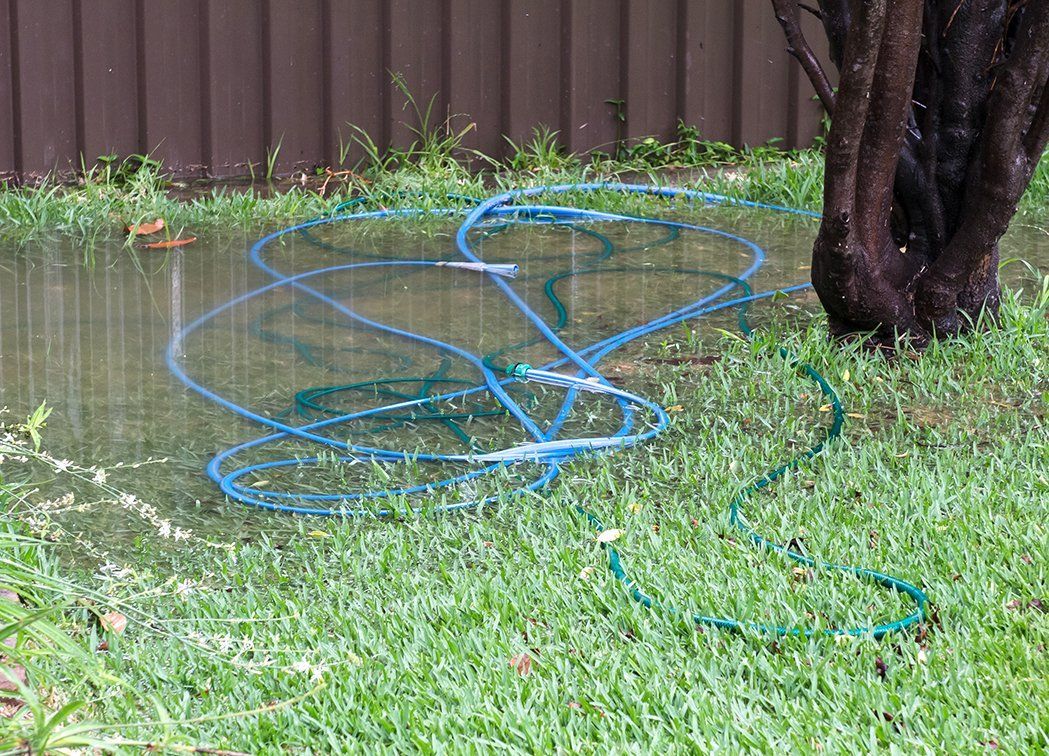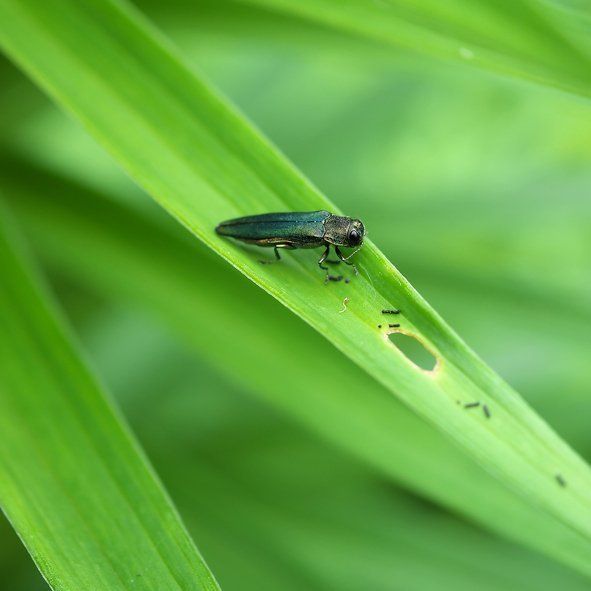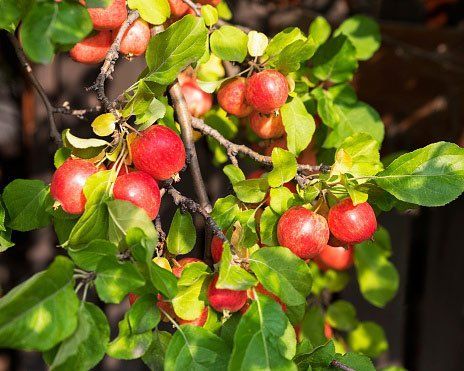3 WAYS TO MANAGE OAK WILT ON YOUR PROPERTY
By Admin • August 7, 2018
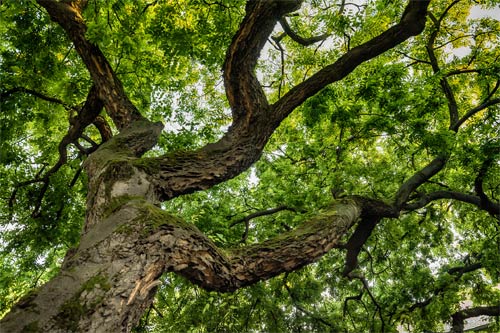
If any oaks on your property look sickly or drop leaves prematurely, the fungus that causes oak wilt may be spreading through your landscape. Take these three steps to manage oak wilt on your property and save your trees.
1. UNDERSTAND THE SIGNS OF OAK WILT
Oak wilt
is a fatal tree disease caused by the fungus Ceratocystis fagacearum. This insidious oak-killer invades the xylem of an oak tree. The xylem is the vascular system that carries water up through the trunk to the branches of the tree.
Oak trees end up aiding and abetting their own demise as they try to plug the vascular system and stop the fungal invasion. In time, no water can reach the foliage due to the blocked water flow. Trees can die in as little as one month
once infected with oak wilt.
Oak trees suffering from oak wilt begin to decline from the top down. As the disease progresses, you may notice leaves on lower branches turning yellow or brown and falling off prematurely.
If you inspect the leaves of trees with oak wilt, you'll find that the ends of many leaves are a dull bronze color. The leaf section closest to the twig end may remain green with a sharp line distinguishing the brown and green sections. Leaves may curl at the ends.
2. IDENTIFY THE TRUE CAUSE OF OAK DECLINE
Other plant diseases can cause oaks to lose leaves, wilt, and decline. You need to know how to distinguish oak wilt from other oak-tree ailments if you want to save your oak trees.
Some of the other diseases that can cause oak decline include:
- Anthracnose
- Oak leaf blistering
- Tubakia leaf spot
- Jumping oak gall
- Bacterial leaf scorch
Oak borers, drought, and under-fertilization can also cause dieback and leaf browning. Your oaks may suffer from more than one fungal or insect disease at a time, too.
Consult with a tree service to get an accurate diagnosis of your tree's problem. Some tree diseases and insect pests can be treated or prevented, but only if you understand exactly what the problem is.
3. PREVENT OAK WILT WITH THE HELP OF YOUR TREE SERVICE
Oak wilt can't be cured, but you have several ways to prevent its spread to your other trees. While squirrels and beetles spread oak wilt, the disease transmits underground in the oak roots.
Beneath the soil, oak roots crisscross each other seeking water and nutrients. Where a root grows over another root, the two may graft or join together. Oak wilt then spreads from one tree's vascular system to the vascular system of the tree to which its roots grafted to the other tree's roots.
Severing the roots of oak trees underground is one way to stop the spread of the disease. This creates root disruption barriers between oaks where no grafting can occur.
As a rule, any tree closer to the diseased oak than the total height of the diseased oak is at risk. Experts recommend creating two trenched circles
around the tree when the roots are trenched. The initial trenching should be located midway between a diseased oak and nearby healthy oaks.
If you have barriers in the way of the roots that need separated, trenching may not be possible. In this case, you may use soil fumigants. Tree care professionals can also inject fungicides directly into trees. They normally inject these at the bases of the trunks.
The professionals can remove affected oak trees from your property. Call in experts to manage this task to avoid spreading the disease to adjacent oaks.
Schedule an inspection of your declining oaks
today by contacting County Tree Service. We can also safely remove diseased trees from your property in the Greater St. Louis, Missouri, region.

